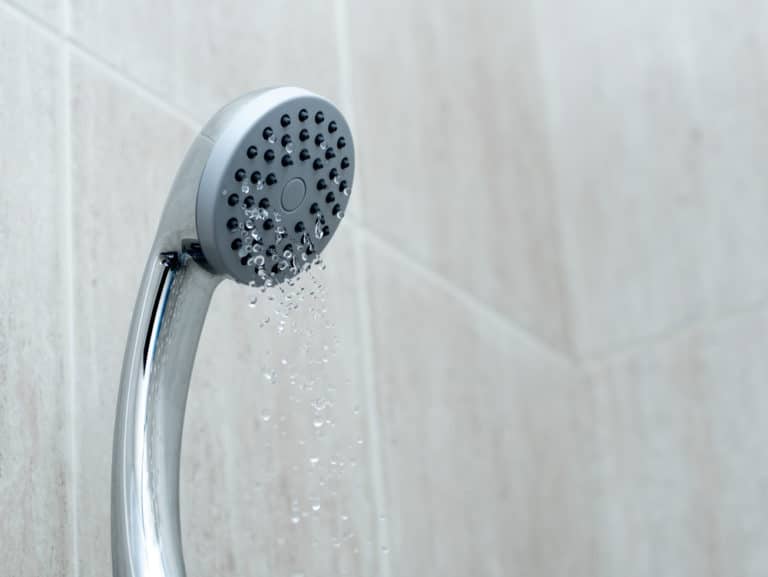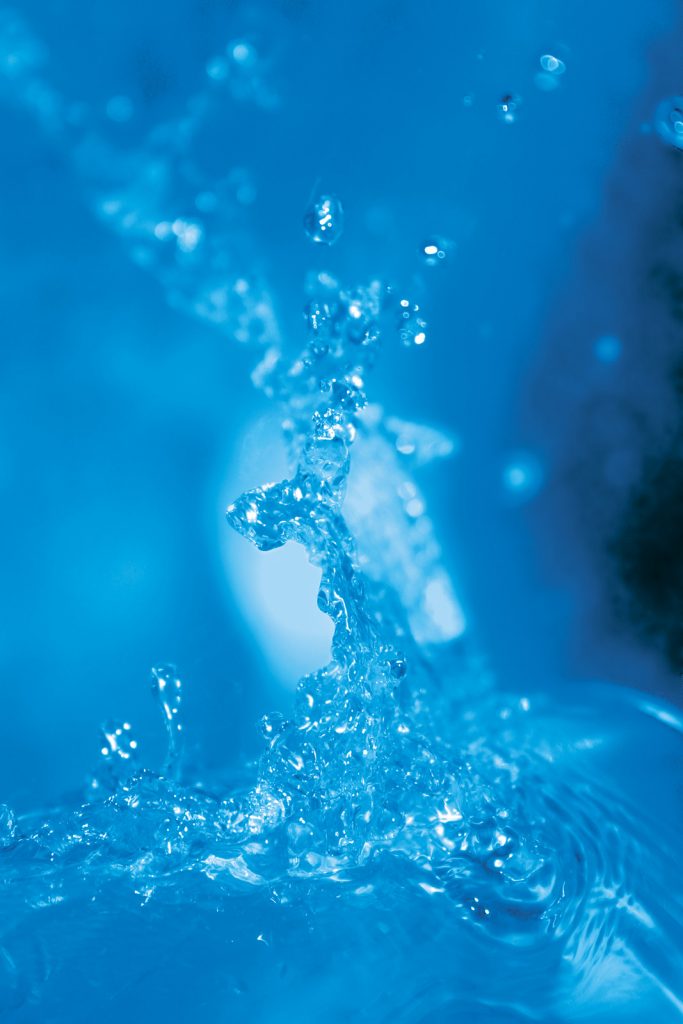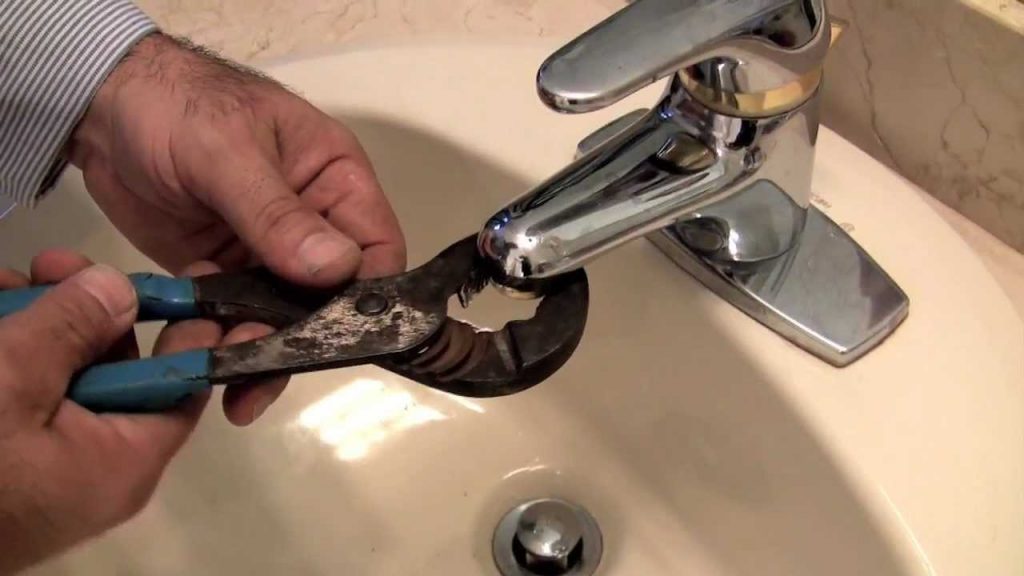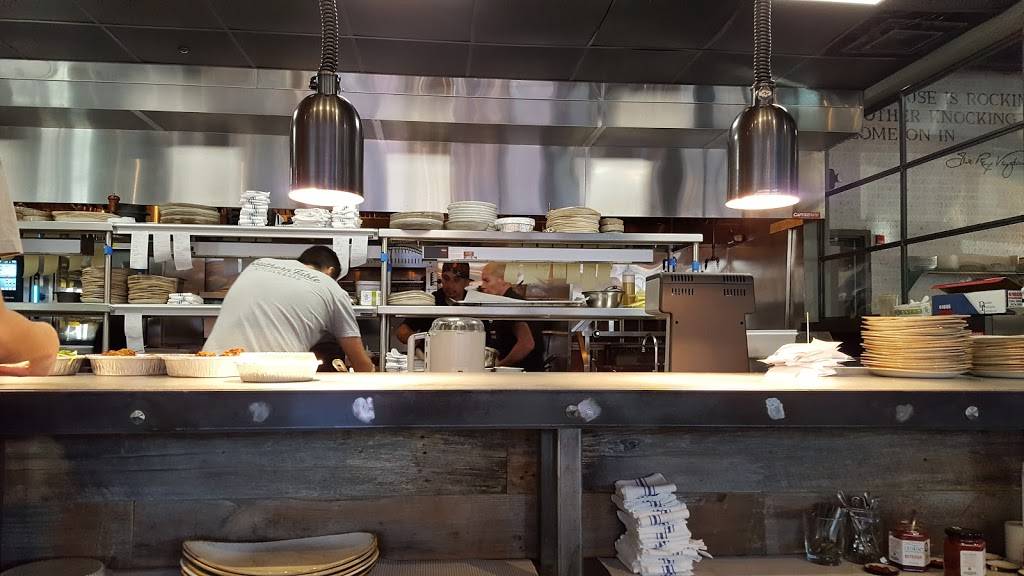If you've noticed that the water pressure in your bathroom sink has suddenly dropped, it can be frustrating and inconvenient. But don't worry, there are easy fixes that you can do yourself to get your water pressure back to normal. Here are some tips to help you troubleshoot and fix low water pressure in your bathroom sink.How to Fix Low Water Pressure in Your Bathroom Sink
The first step in fixing low water pressure is to identify the source of the problem. There could be various reasons for the decrease in water pressure, such as clogged aerators, a faulty faucet, or a problem with your plumbing system. It's important to troubleshoot to determine the cause so that you can fix it effectively.Troubleshooting Low Water Pressure in Your Bathroom Sink
One of the most common causes of low water pressure in a bathroom sink is a clogged aerator. This is the small screen at the end of the faucet that mixes air with the water to give you a smooth flow. Over time, mineral deposits and debris can build up and block the flow of water, resulting in lower pressure. Another possible cause is a faulty faucet or valve that is not allowing enough water to flow through.Causes of Low Water Pressure in Your Bathroom Sink
If the issue is a clogged aerator, you can easily fix it by unscrewing the aerator and cleaning it with a mixture of vinegar and water or by using a small brush to scrub away any buildup. You can also try soaking the aerator in vinegar overnight to dissolve any stubborn mineral deposits. If the problem is a faulty faucet or valve, it may need to be replaced, but this is a relatively simple and inexpensive fix.Simple Solutions for Low Water Pressure in Your Bathroom Sink
If the above solutions don't work, there are a few DIY tips that you can try to increase the water pressure in your bathroom sink. One option is to check the shut-off valve under the sink to make sure it is fully open. You can also try adjusting the water pressure regulator, which is usually located near the main water supply. Be careful not to increase the pressure too much, as this can cause damage to your plumbing system.DIY Tips for Increasing Water Pressure in Your Bathroom Sink
In some cases, the decrease in water pressure may be due to a larger issue with your plumbing system. This could include a leak, a blockage in the pipes, or a problem with the water supply line. If you suspect that this may be the case, it's best to call a professional plumber to assess and fix the issue.Common Reasons for Low Water Pressure in Your Bathroom Sink
If you are experiencing no water pressure at all in your bathroom sink, the first thing to do is to check if the problem is isolated to just the sink or if it affects other faucets in your home as well. If it's just the bathroom sink, then it's likely a problem with the faucet or aerator that can be easily fixed. However, if there is no water pressure in any of the faucets, it could be a larger issue with your plumbing system that requires professional assistance.Steps to Take When You Have No Water Pressure in Your Bathroom Sink
To identify the cause of low water pressure, it's important to thoroughly inspect and troubleshoot your bathroom sink. Start by checking the faucet, aerator, and shut-off valve, and then move on to the pipes and water supply line. If you're not comfortable doing this yourself, don't hesitate to call a professional plumber for assistance. They can quickly identify and fix the problem to get your water pressure back to normal.How to Identify and Fix Low Water Pressure in Your Bathroom Sink
If you are experiencing no water pressure at all in your bathroom sink, it could be due to a more serious issue such as a broken pipe or a problem with your water supply. In this case, it's important to call a plumber right away to assess the situation and fix the problem before it gets worse. Ignoring the issue could result in costly damage and inconvenience in the future.Possible Solutions for No Water Pressure in Your Bathroom Sink
In conclusion, low water pressure in your bathroom sink can be a frustrating problem, but it's usually a simple fix. By identifying the cause and using the appropriate solutions, you can easily get your water pressure back to normal. Just remember to troubleshoot and try the DIY tips before calling a professional, and you'll have a fully functioning bathroom sink in no time.How to Troubleshoot and Fix Low Water Pressure in Your Bathroom Sink
Possible Causes of Low Water Pressure in Your Bathroom Sink

1. Clogged Pipes or Faucet Aerators
 One of the most common causes of low water pressure in a bathroom sink is a clogged pipe or faucet aerator. Over time, mineral deposits, sediment, and debris can build up and block the flow of water through the pipes and aerator. This can happen more frequently in older homes or in areas with hard water. To address this issue, you can try cleaning the aerator, or if that doesn't work, call a professional plumber to clean or replace the pipes.
One of the most common causes of low water pressure in a bathroom sink is a clogged pipe or faucet aerator. Over time, mineral deposits, sediment, and debris can build up and block the flow of water through the pipes and aerator. This can happen more frequently in older homes or in areas with hard water. To address this issue, you can try cleaning the aerator, or if that doesn't work, call a professional plumber to clean or replace the pipes.
2. Water Leaks
 Another possible cause of low water pressure is a water leak somewhere in your plumbing system. Even a small leak can result in a significant decrease in water pressure, as the water is not able to reach the sink at its full force. If you suspect a leak, it's important to get it fixed as soon as possible to prevent any further damage to your pipes and to restore your water pressure.
Another possible cause of low water pressure is a water leak somewhere in your plumbing system. Even a small leak can result in a significant decrease in water pressure, as the water is not able to reach the sink at its full force. If you suspect a leak, it's important to get it fixed as soon as possible to prevent any further damage to your pipes and to restore your water pressure.
3. Faulty Pressure Regulator
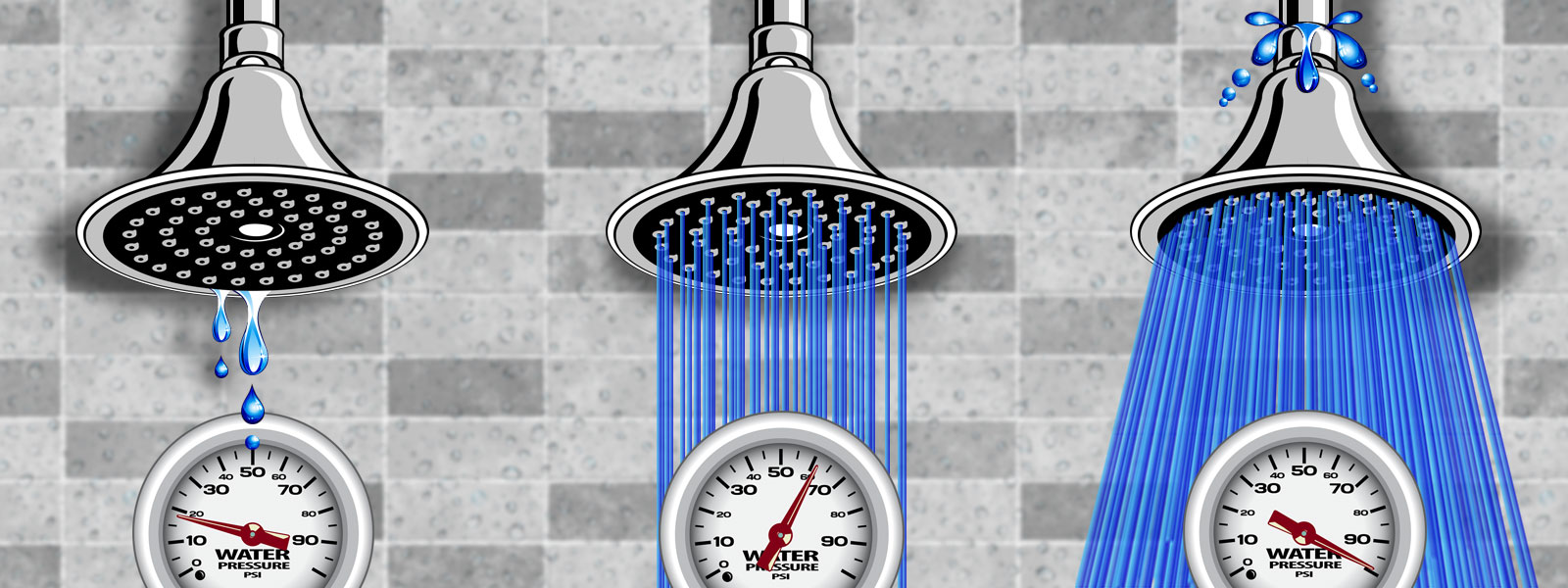 Every home has a pressure regulator that controls the water pressure coming into the house. If this regulator is faulty or malfunctioning, it can cause low water pressure in your bathroom sink. This is a more complex issue that may require the help of a professional plumber to diagnose and fix.
Every home has a pressure regulator that controls the water pressure coming into the house. If this regulator is faulty or malfunctioning, it can cause low water pressure in your bathroom sink. This is a more complex issue that may require the help of a professional plumber to diagnose and fix.
4. Small or Damaged Pipes
 If your bathroom sink is located far from the main water supply line, it may be connected to smaller pipes that are not able to handle a high water flow. This can result in low water pressure in your sink. Additionally, if these pipes are damaged or corroded, it can further restrict the water flow. In this case, you may need to have the pipes replaced with larger ones.
In conclusion,
low water pressure in your bathroom sink can be caused by a variety of factors. It's important to address the issue as soon as possible to avoid any further inconvenience. If you are unsure of the cause or are unable to fix the issue on your own, it's best to consult a professional plumber to identify and resolve the problem. By taking care of any low water pressure issues, you can ensure that your bathroom sink is functioning properly and your daily routine is not disrupted.
If your bathroom sink is located far from the main water supply line, it may be connected to smaller pipes that are not able to handle a high water flow. This can result in low water pressure in your sink. Additionally, if these pipes are damaged or corroded, it can further restrict the water flow. In this case, you may need to have the pipes replaced with larger ones.
In conclusion,
low water pressure in your bathroom sink can be caused by a variety of factors. It's important to address the issue as soon as possible to avoid any further inconvenience. If you are unsure of the cause or are unable to fix the issue on your own, it's best to consult a professional plumber to identify and resolve the problem. By taking care of any low water pressure issues, you can ensure that your bathroom sink is functioning properly and your daily routine is not disrupted.




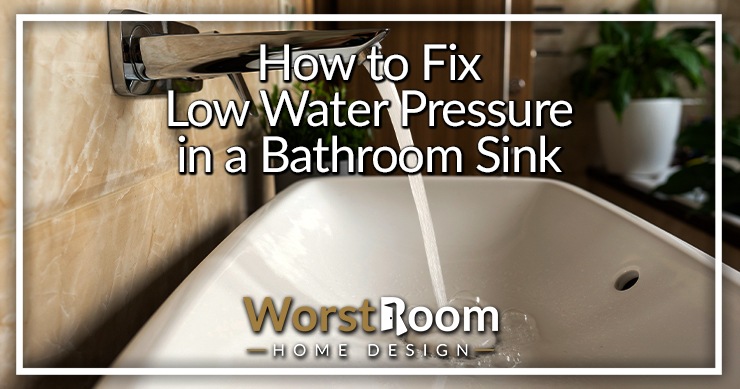













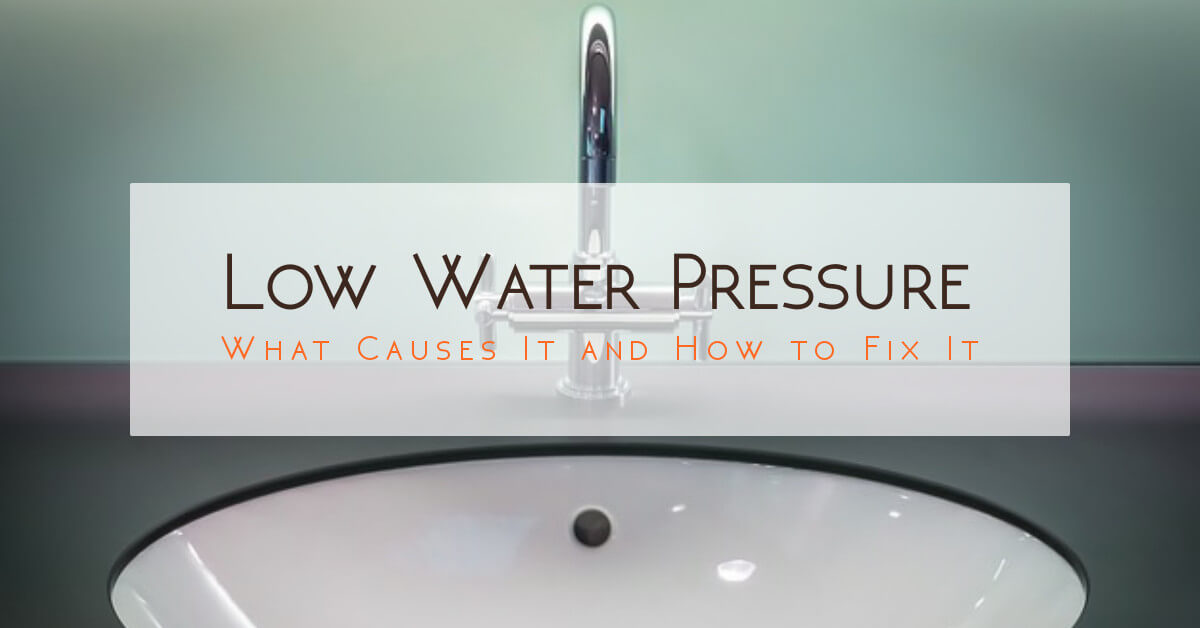
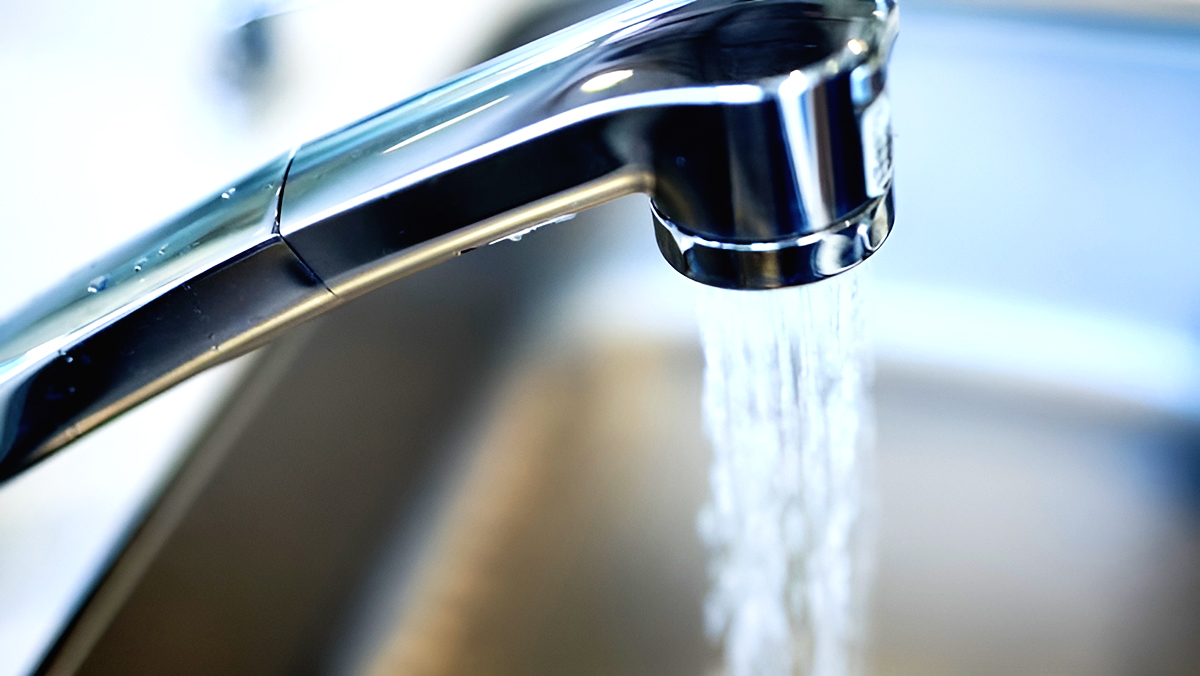




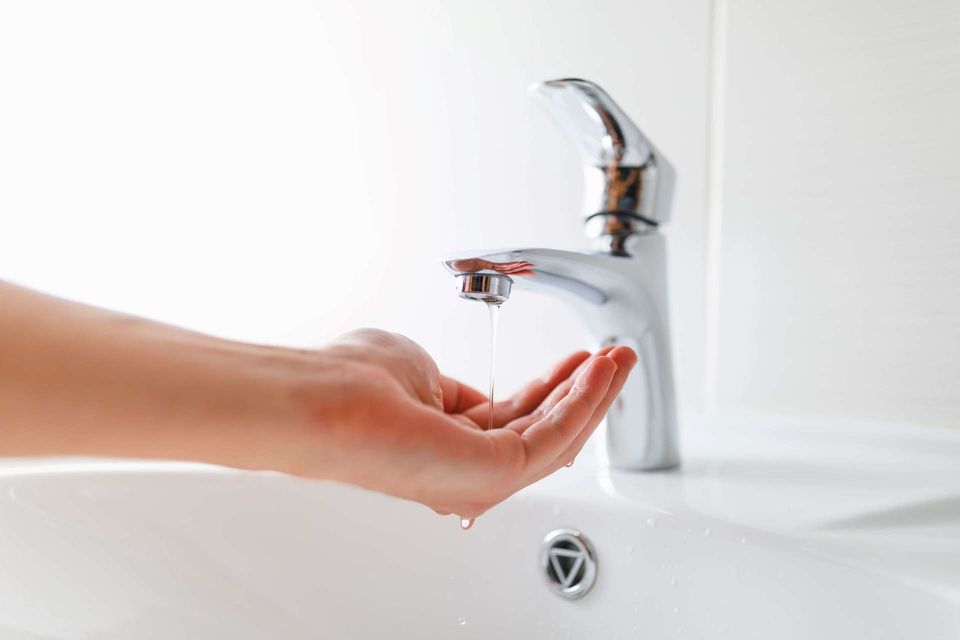

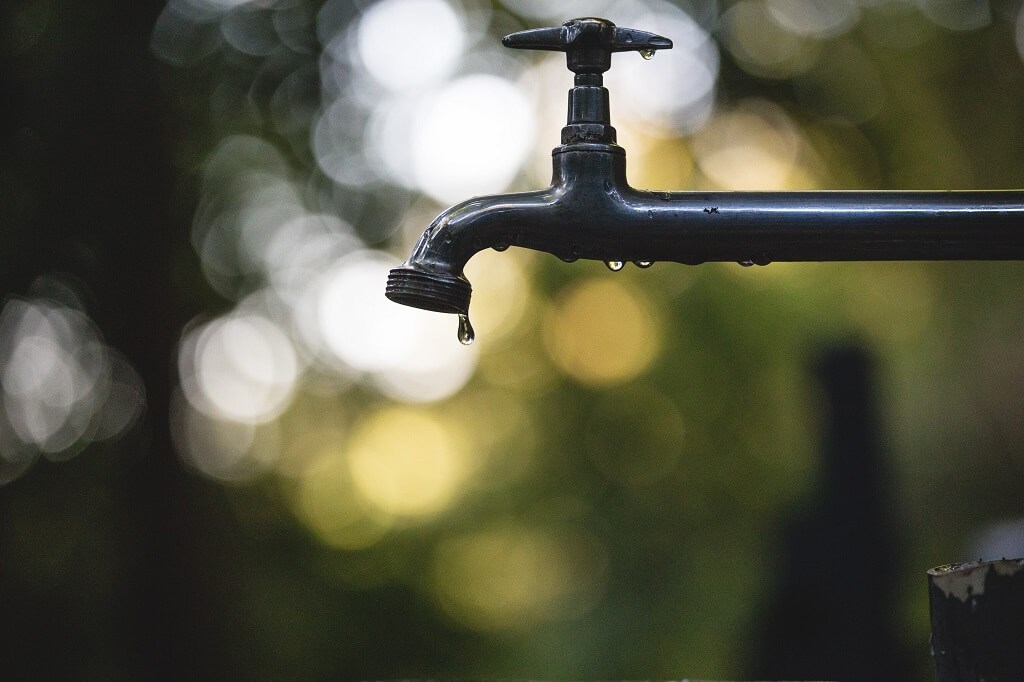

:max_bytes(150000):strip_icc()/increase-low-shower-pressure-4052359_FINAL_01-6ece340f72f74bf9ae59e4192b03c0bc.png)

:max_bytes(150000):strip_icc()/the-men-s-hand-opens-the-ball-valve-on-the-collector-1006810456-5c5fc73fc9e77c000159c4af.jpg)

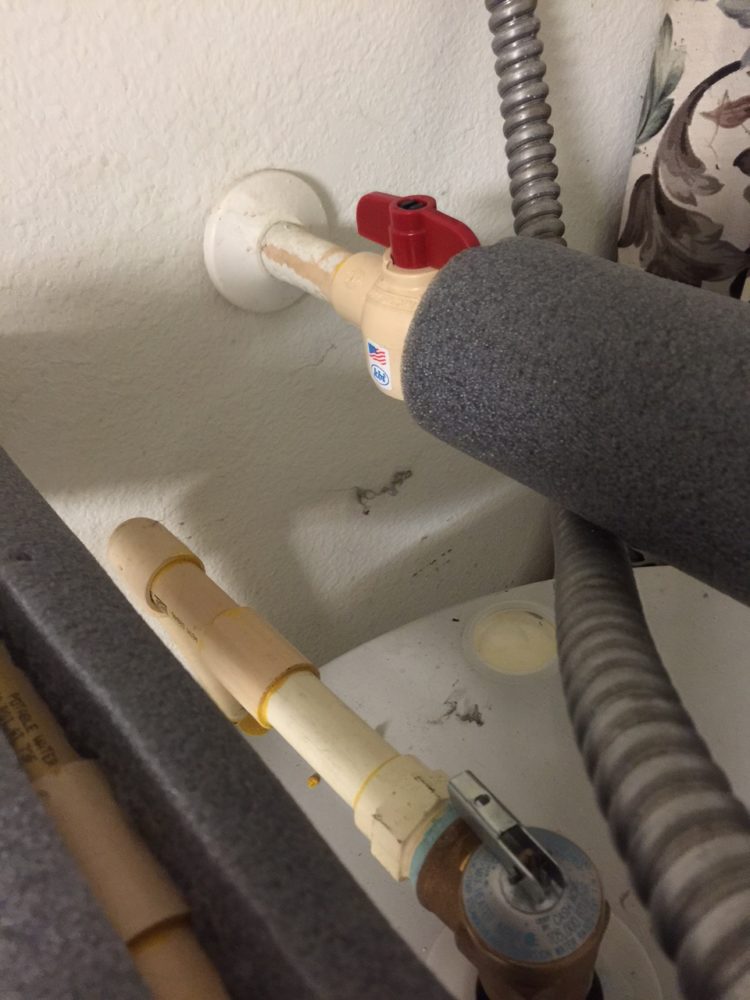


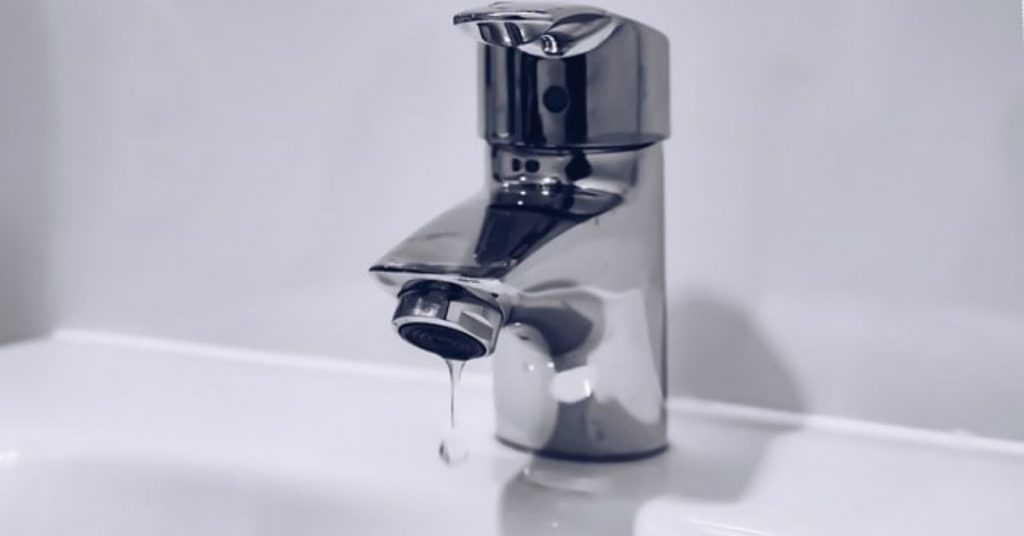

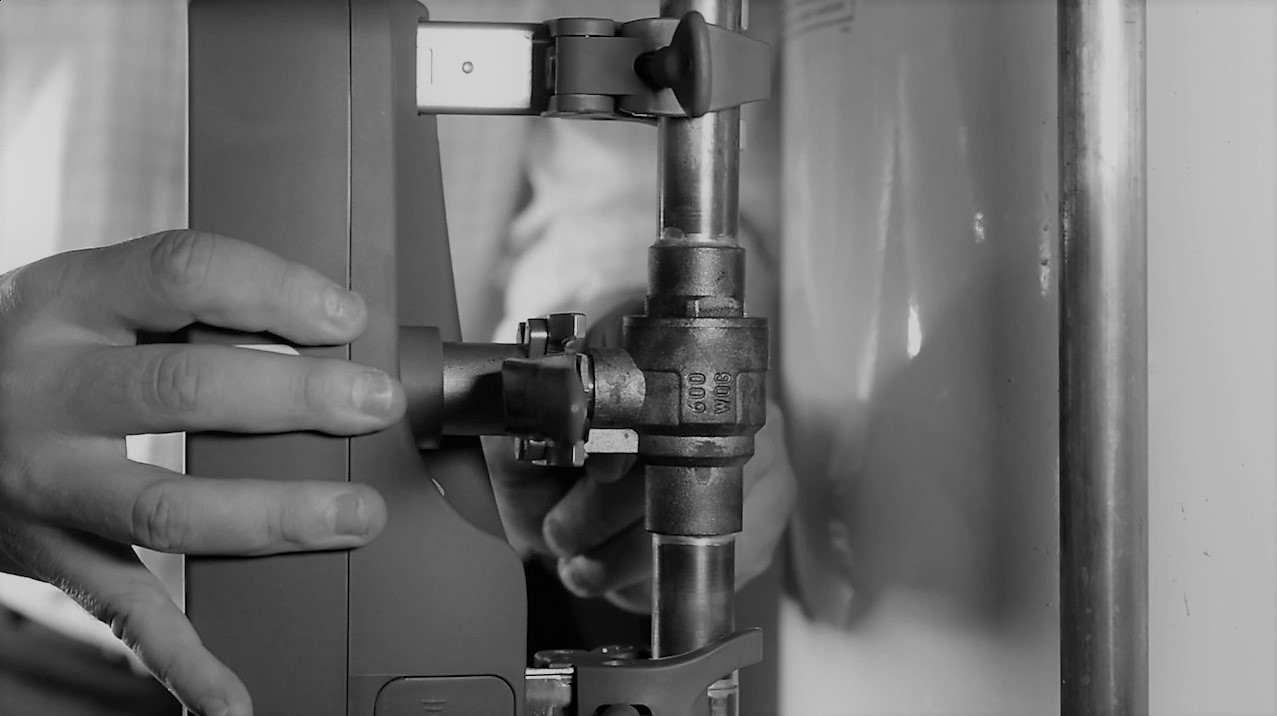
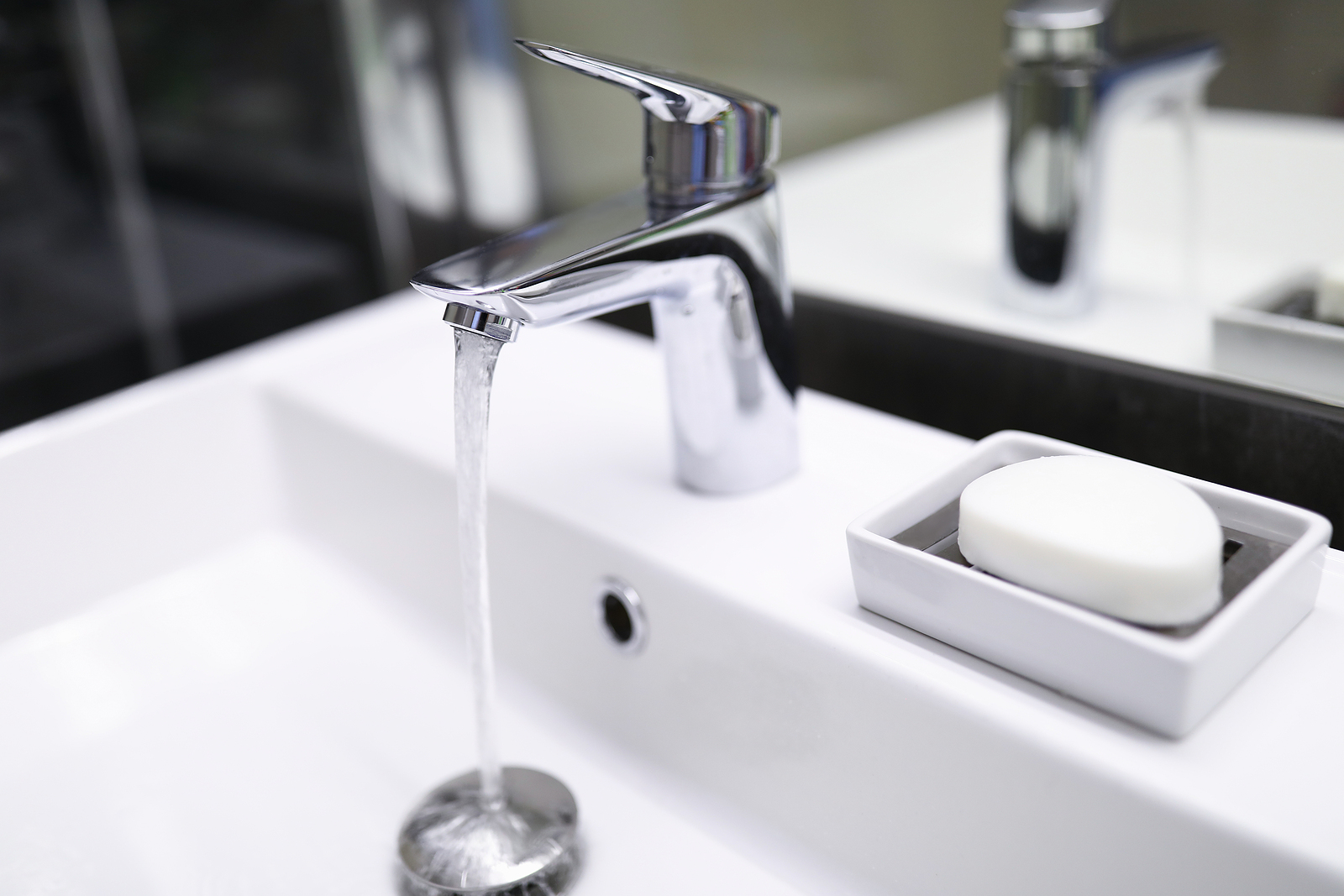


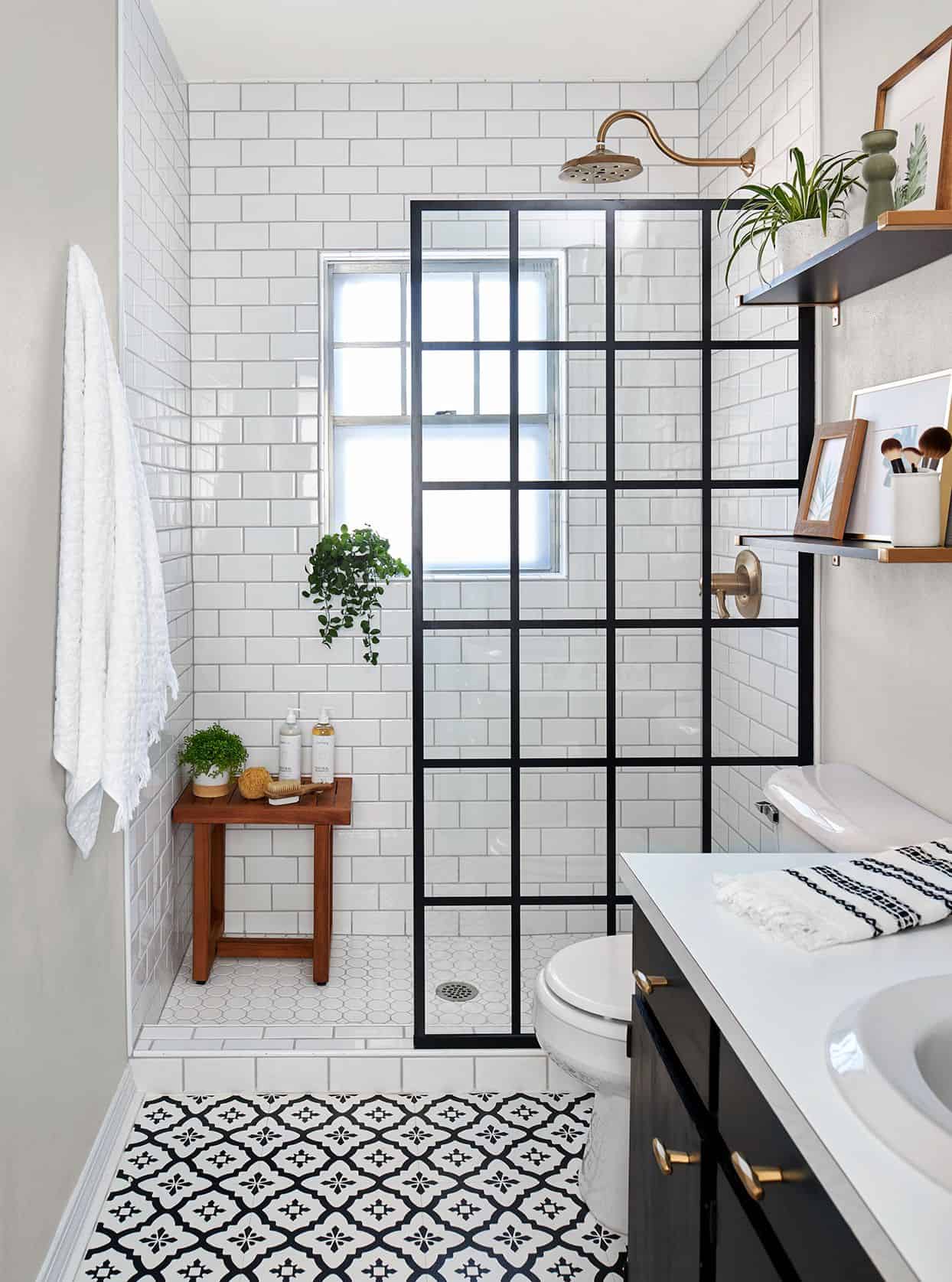



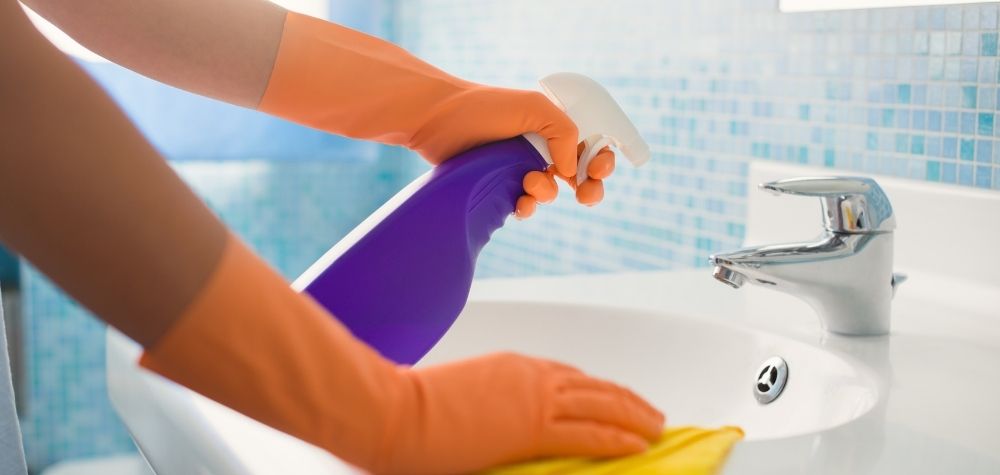
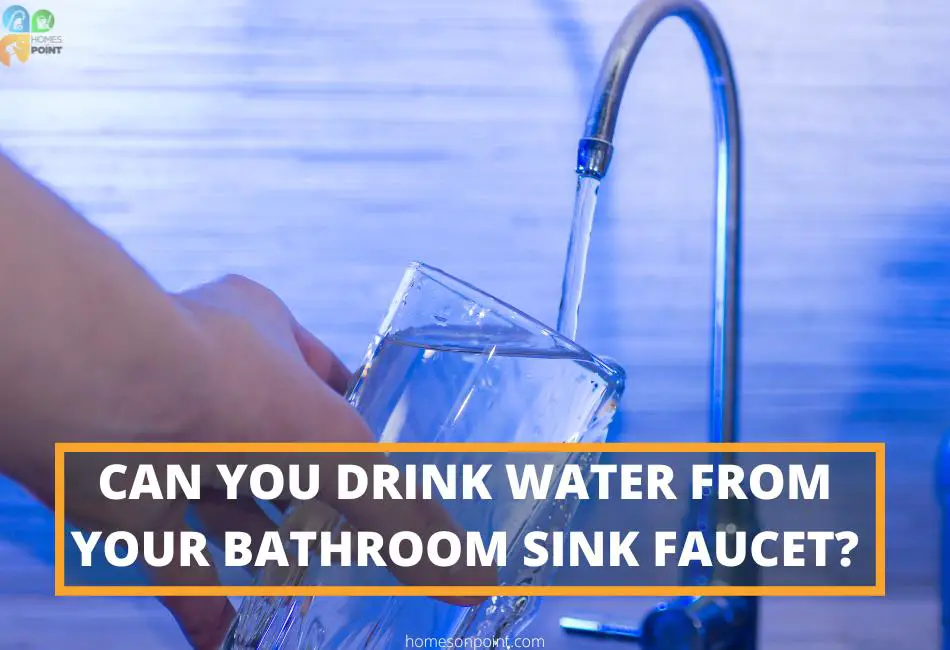





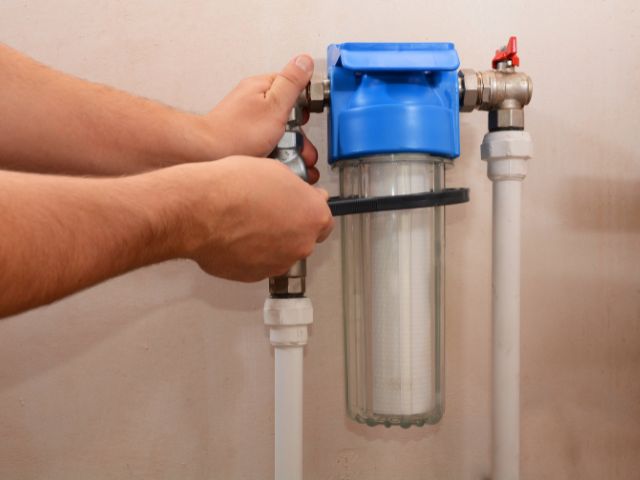
:max_bytes(150000):strip_icc()/home-water-pressure-problems-2718730-v4-3639a1eeda0945239e64b0fe6b6d3401.gif)




